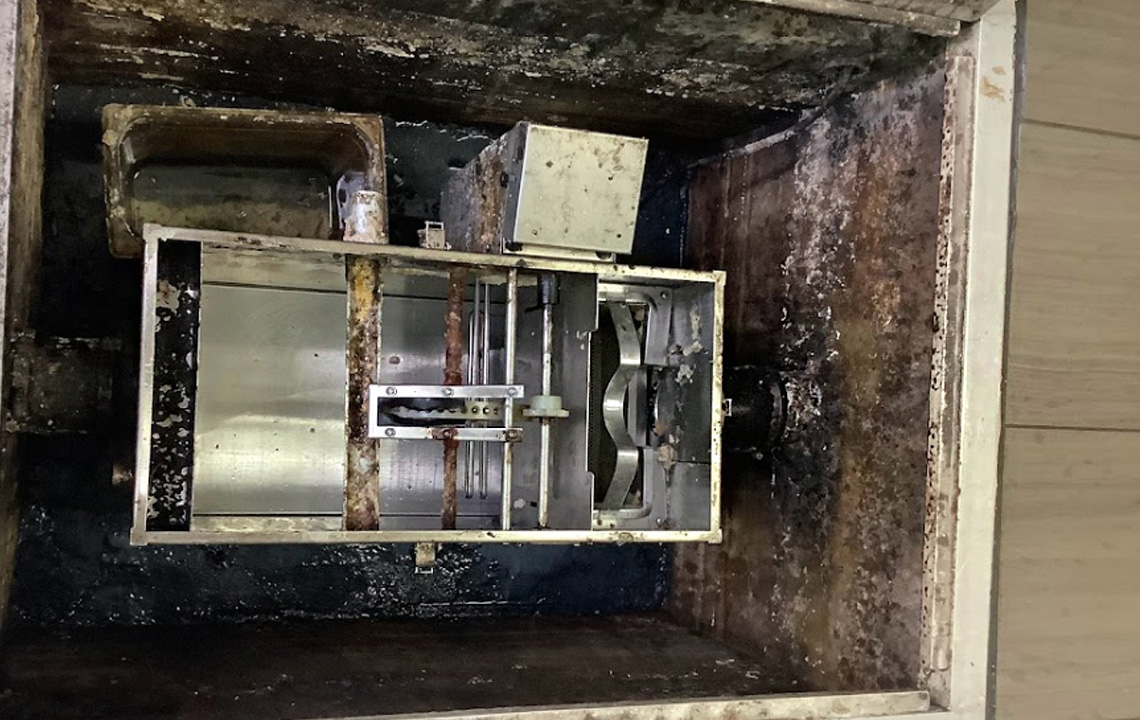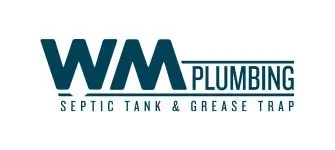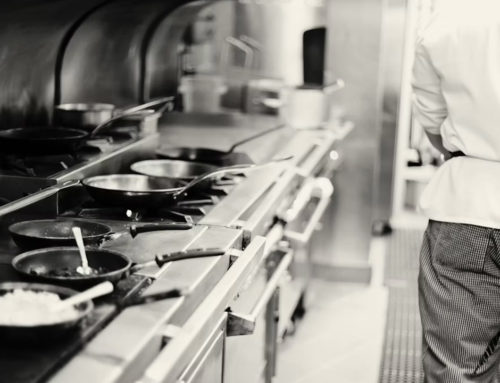Why Does My Grease Trap Keep Getting Clogged?

Grease traps are essential components in commercial kitchens and food service establishments to prevent fats, oils, and grease (FOG) from entering the sewer system. When grease traps repeatedly get clogged, it can lead to various issues such as foul odors, slow drainage, and even plumbing problems. Several factors contribute to the frequent clogging of grease traps, and understanding these factors can help address and prevent the issue effectively.
- Improper Installation: Grease traps must be installed correctly to ensure optimal functionality. If the trap is not properly set up or if there are installation errors, it may not effectively capture and separate grease from wastewater. This can result in the accumulation of FOG in the plumbing system, leading to clogs. Believe it or not, this happens in about 25% of restaurants.
- Inadequate Size: Grease traps come in different sizes, and it’s crucial to choose one that matches the specific needs of the kitchen. If the grease trap is too small for the volume of wastewater generated, it may quickly reach its capacity, causing grease to bypass the trap and enter the sewer lines.
- Lack of Maintenance: Regular maintenance is essential for grease traps. If they are not cleaned and maintained on a routine basis, the accumulated grease can solidify and create blockages. Establishing a consistent cleaning schedule is vital to prevent clogs and ensure the proper functioning of the grease trap.
- Type of Trap: The problem is most common in restaurants that use hydrostatic traps. These grease traps use good old gravity to separate the fats, oils, and grease (FOGs) from wastewater, rather than moving parts like wheels and skimmers to push the oil off of the surface.
- Incorrect Chemicals: Some kitchen staff may use harsh chemicals or solvents to clean dishes and equipment, leading to the breakdown of grease and the formation of solids. These substances can contribute to clogs in the grease trap, and it’s essential to educate staff on the proper disposal of FOG and avoid the use of harmful chemicals.
- Faulty Plumbing: Issues with the plumbing system, such as misaligned pipes or damaged connections, can contribute to the inefficient operation of the grease trap. Regular inspections of the plumbing infrastructure can help identify and address any issues that may lead to clogs.
- High Temperatures: Excessively hot water can liquefy grease, allowing it to pass through the grease trap more easily. However, as the water cools down in the sewer lines, the grease solidifies, leading to blockages. Monitoring water temperatures and adjusting them appropriately can help prevent this issue.
- Educational Awareness: Lack of awareness among kitchen staff about the importance of proper FOG disposal and the function of grease traps can contribute to clogging issues. Implementing training programs to educate staff about best practices for grease trap maintenance is crucial.
Addressing the frequent clogging of grease traps requires a comprehensive approach, including proper installation, regular maintenance, correct sizing, and ongoing education. By identifying and mitigating these factors, you can enhance the efficiency of your grease trap and reduce the likelihood of clogs in your plumbing system.




